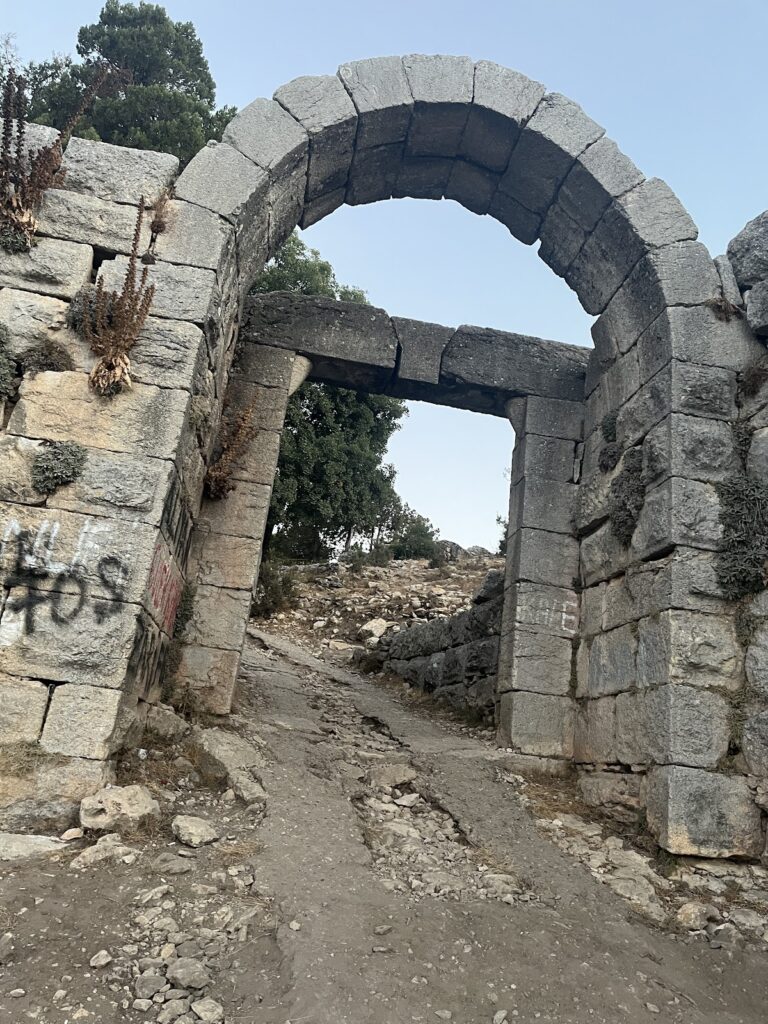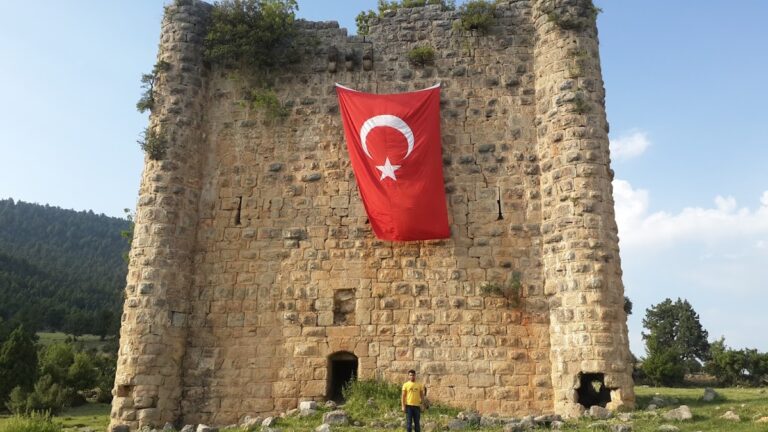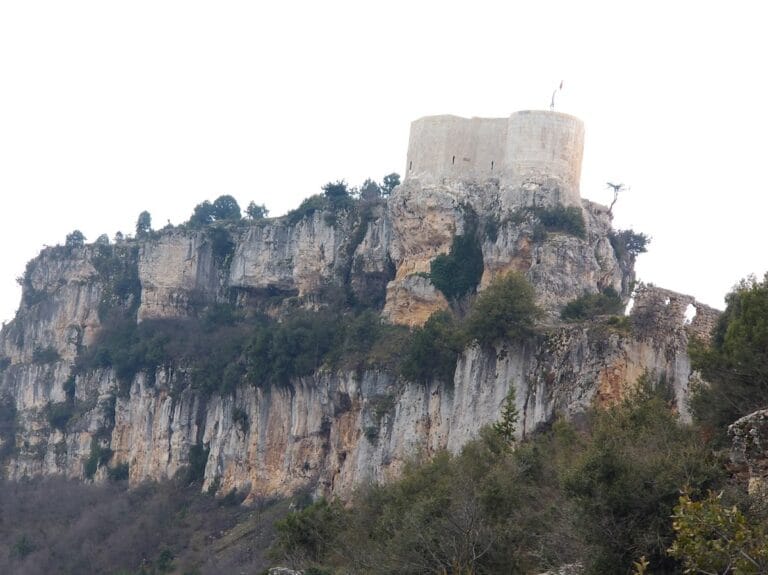Gülek Castle: A Strategic Armenian Fortress in Cilicia, Turkey
Visitor Information
Google Rating: 4.4
Popularity: Medium
Google Maps: View on Google Maps
Country: Turkey
Civilization: Unclassified
Remains: Military
History
Gülek Castle is a small fortress built by the Armenian Kingdom of Cilicia and located near the town of Gülek in the Tarsus district of modern-day Turkey. Positioned strategically to oversee the Cilician Gates, a vital mountain pass through the Taurus Mountains, the castle controlled the route linking Anatolia with the Cilician plain and further toward Syria.
The site likely originated as a Byzantine fortification known as Ḥiṣn Bulas before being incorporated into the Armenian realm. It first appears in historical records in 1199, listed in the coronation documents of Armenian King Leo I, where its lord, named Sempad, is acknowledged. During the late 13th century, Gülek, referred to as Guglag in a 1288 charter by King Leo II, served as a customs post under the Armenian Kingdom, indicating its significant role in regulating trade through the pass.
In the early 14th century, the fortress remained under Armenian control, with Alinak, the brother of King Oshin, recorded as its overseer in 1310. However, by the late 1300s, the region had come under Mamluk influence, and Turkmen groups occupied the area, reflecting shifting political power in Cilicia. Throughout the 19th century, the castle continued to be of local importance. Around 1855, a regional leader known as Kaleh Agassi took residence there. The site also witnessed military activity during the 1830s when forces under Ibrahim Pasha occupied it amid Muhammad Ali of Egypt’s rebellion. Over the centuries, the fortress has captured the interest of various travelers and scholars, including Evliya Çelebi, Theodor Kotschy, Victor Langlois, and Bertrandon de la Broquière, and later attracted academic study by Hansgerd Hellenkemper and Friedrich Hild in the 20th century.
Remains
Gülek Castle is situated on a rocky plateau rising approximately 500 meters above the surrounding gorge, with steep cliffs to the north and east naturally protecting those flanks. The fortress’s man-made defenses were concentrated on the south and west, where a double line of walls was constructed. While the western curtain walls now mostly exist as foundational remains, the southern walls still show interruptions by several semicircular bastions and one rectangular bastion, reflecting a medieval Armenian approach to fortification design.
The main entrance lies between two overlapping sections of curtain wall and features a pointed arch portal measuring just over three meters wide and two and a half meters high. This gate originally held a large wooden double-winged door, topped by a three-part horizontal lintel and a machicolation—a stone projection with openings used in defense to drop objects on attackers—positioned above the doorway. The stonework throughout the castle exhibits finely cut bossed and ashlar blocks, typical of late 12th and early 13th-century Armenian construction.
Inside the fortress, two cisterns carved directly into the bedrock remain visible. These would have stored water, a critical resource for sustaining occupants during sieges. Additionally, the castle’s interior shows archaeological traces of underground chambers, columned porticos, and reservoirs that once stored water, alongside various storage rooms. A notable large stone staircase descends steeply at about a 60-degree angle from the rock face, hinting at complex internal movement within the site.
The fortress itself measures roughly 300 paces in length and 100 paces in width, with polygonal towers made from finely dressed stone rising at intervals along its walls. The largest of these towers is located on the western side, offering a commanding view over the surrounding terrain.
Beyond its military function, Gülek Castle was connected with industrial activities during the Armenian Kingdom period, including a mint where coins were produced, as well as nearby mining operations extracting gold, silver, and copper. Later, structural modifications dating to the 19th century have been identified. These additions bear resemblance to fortifications built by Ibrahim Pasha in the region, suggesting continued strategic use or adaptation during Ottoman and Egyptian control of the area.






